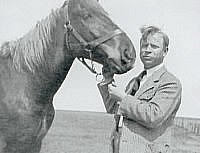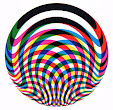
Design by Trilokesh Mukherjee for the first (and hopefully not the last) UK edition of Hans Henny Jahnn's The Ship (Peter Owen, 1970).
And a quote, since I haven't updated this site in way too long:
Of all authors who achieved literary significance in the twenties and were silenced by Nazism in the thirties, Hans Henny Jahnn is least known to the average German reader. Today there are still people, even in literary circles, who are completely unfamiliar with his dramas like Die Kronung Richards III [The Coronation of Richard III], Medea, or Armut, Reichtum, Mensch und Tier [Poverty, Wealth, Man, and Beast] and his novels Ugrino und Ingrabanien and Perrudja, and who have known Jahnn himself only by name.... Such neglect seems unjust to a writer who as early as 1920 received the Kleist prize for his first play, Pastor Ephraim Magnus, and whose powerful novel Perrudja (1930) represents the first attempt in Germany, aside from a few prose works by Albrecht Schaeffer [??], to encompass our complex world by employing a new narrative method and by re-shaping the German language for artistic purposes such as James Joyce did in English.... Perrudja.... is an attempt to expose the confused modern consciousness and to transform the spontaneous, untouched flow of images, impressions, hidden perceptions and memories into the mind of Perrudja, the central character, who possesses many human qualities but not those usually required of a hero.... Unfortunately, this valuable experiment of breaking new paths for modern prose writing remained nearly unnoticed in Germany.
--Edgar Lohner, Symposium, 1951, p. 375






















